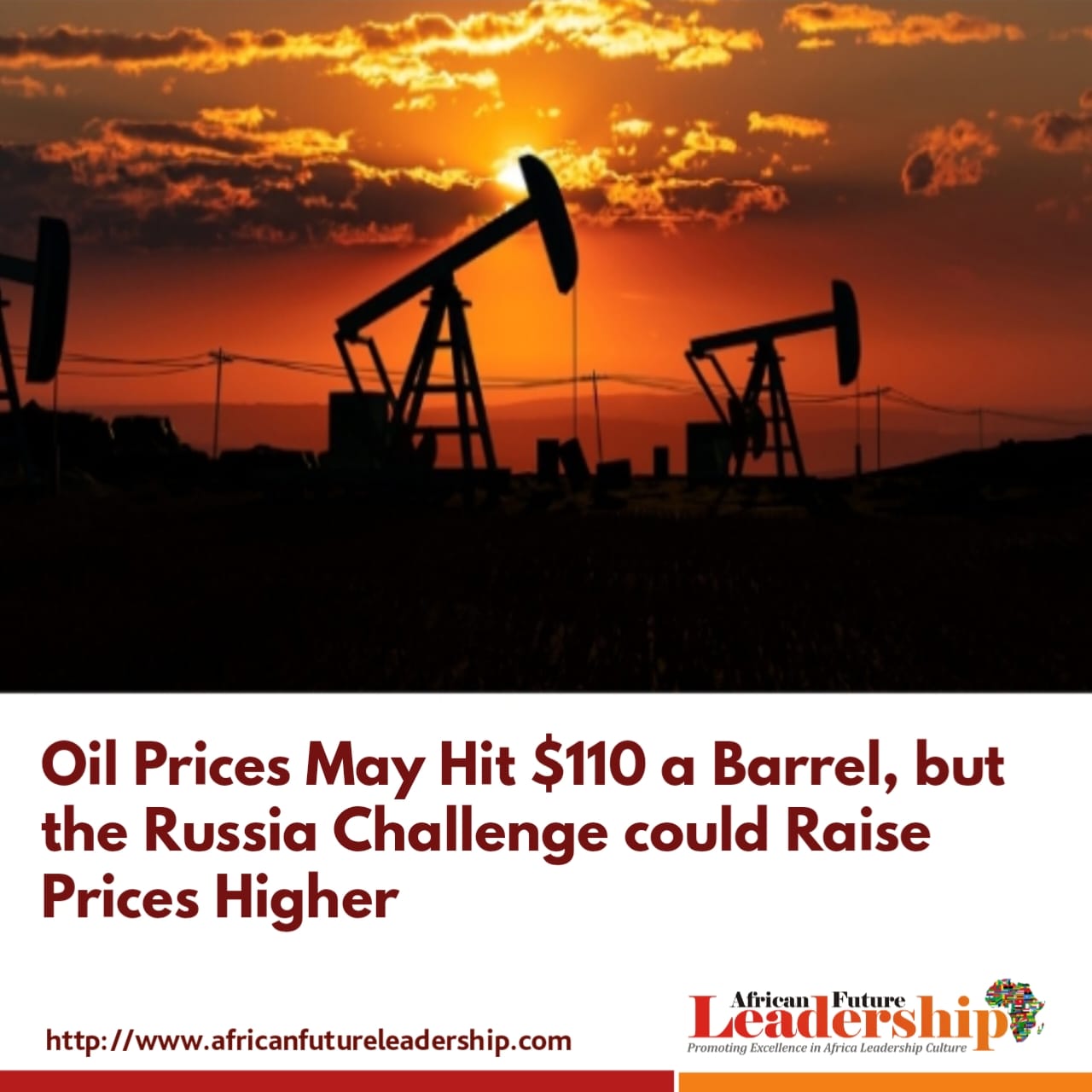By our Correspondent
Authoritative information available point to the fact that brent crude could climb as high as $110 per barrel in 2023, according to Bank of America, (BofA).
This is as analysts wrote in a note on Thursday that a price cap on Russian oil remains an upside risk.
And the note outlines other key risks, including OPEC members like Iraq and Libya.
Meanwhile, brent crude oil could climb as high as $110 per barrel in 2023, though there are several risks that could add more pressure on prices, according to a note from Bank of America.
It said that prices for the international oil benchmark averaged around $101 per barrel this year, and BofA sees more of the same next year, predicting an average of $100 and a peak of $110 at the height of the driving season. But brent will generally be lower in the first quarter of 2023, compared to the rest of the year, analysts added.
Currently, brent trades around $86 per barrel, meaning the high end of BofA’s forecast represents an increase of 28%.
Both Moscow and Kyiv criticise the $US60 oil price cap set by Western allies
In any case, BofA analysts also noted several upside risk factors for oil prices next year, namely a price cap on Russian crude.
READ MORE:Senegal and Tunisia Break Records at the World Cup
This past Friday, European Union officials agreed to set the cap at $60 per barrel. That will take effect on Monday, alongside a ban on Russian oil imports into the EU and related services for cargoes worldwide. Russia has said it won’t sell oil to any price-cap participants, and analysts have estimated its oil exports could fall by up to 1 million barrels per day.
A BofA note explained that “At present, we embed Russian total oil production levels of 10 mn b/d in our assumptions for 2023 compared to the 9.59 mn b/d figure provided by the IEA. Any meaningful downward deviation from these figures could turbocharge oil prices higher.”
How be it, Russia presents the largest upside risk to oil prices, but there are other risks lurking as well, analysts said. In particular, further supply disruptions from OPEC producers like Libya, Nigeria, Iraq or others could “put the oil market on notice.”
Thus, a shortfall of 1 million barrels a day or more could come from a number of producers, especially from OPEC, with BofA estimating that every unexpected swing in supply or demand of 1 million barrels tends to move Brent oil prices by $20-$25 per barrel.
Therefore, if production falls sharply, “prices would have to rise accordingly as demand would need to adjust lower in the current context of limited spare capacity and inventories,” analysts said.
Again, gas-to-oil switching and economic reopening in China from looser zero-COVID restrictions are also bullish factors in favour of oil next year, they added.
Notwithstanding, a pending recession poses downside risk, BofA warned, noting that the average global recession has led to a decline in demand of 640,000 barrels per day.




